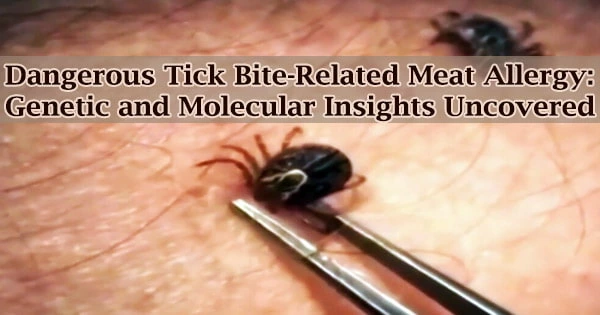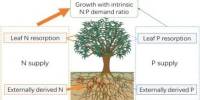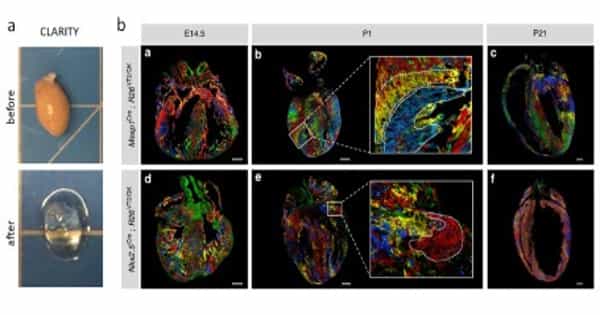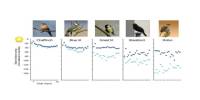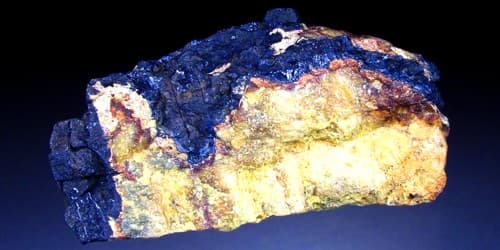A crucial component connected to the potentially fatal mammalian-meat allergy caused by tick bites has been identified genetically and molecularly by scientists.
All mammals, with the exception of humans and higher apes, synthesize the sugar molecule galactose-α-1,3-galactose (alpha-gal/α-gal), according to a study led by scientists from the Garvan Institute of Medical Research. It further supports the idea that α-gal is the essential component in this particular allergy.
When humans are exposed to -gal through the bites of some tick species, such as the endemic paralysis tick Ixodes holocyclus of Eastern Australia, their immune systems may recognize the substance as hazardous and trigger an allergic reaction, which can occasionally have life-threatening effects.
The molecular research, according to the study’s lead author Professor Daniel Christ, Head of Antibody Therapeutics and Director of the Centre for Targeted Therapy at Garvan, revealed that a certain antibody type (3-7) has a natural pocket into which -gal fits well.
“We have more than 70 types of antibodies and this one is significantly overrepresented with α-gal recognition. We seem to be genetically predisposed to being sensitive to this sugar,” Professor Christ says.
The new discovery opens the door for prospective treatment candidates for treating the uncommon allergic reaction. It was published this week in the journal Proceedings of the National Academy of Sciences (PNAS).
We have more than 70 types of antibodies and this one is significantly overrepresented with α-gal recognition. We seem to be genetically predisposed to being sensitive to this sugar.
Professor Daniel Christ
Evolutionary benefit to immune reaction to α-gal
Researchers examined the blood of patients with mammalian-meat allergies to identify the antibodies that were made; they discovered that the 3-7 type was usually formed in reaction to α-gal.
The evidence suggests that having an antibody response that can mobilize against -gal has evolutionary advantages.
“Humans lost the capacity to produce α-gal throughout evolution, but we don’t know why,” says Associate Professor Joanne Reed, co-senior author of this study, from the Westmead Institute. “The suspicion is that it has to do with protection against infectious disease.”
Professor Christ cites new findings on malaria that demonstrate the Plasmodium parasite has a -gal surface coating. The parasite could be eliminated quickly by the immune system in reaction to α-gal, preventing malaria.
NSW is a global hotspot for tick-induced mammalian-meat allergy
The highest frequency in the world and more than 1800 cases of mammalian-meat allergy are found in Sydney’s northern suburbs. Another hotspot is the Queensland hinterland along the Sunshine Coast near Maleny. These regions are home to the Ixodes holocyclus paralysis tick.
The first clinician to connect tick bites with mammalian-meat allergy was Professor Sheryl van Nunen, an allergy specialist at Sydney’s Northern Beaches Hospital and a co-author on the study.
“There isn’t a week go by that I wouldn’t see two people with this allergy,” she says.
It is unknown why some people experience anaphylaxis while others do not. According to Professor van Nunen, it might be connected to the quantity of saliva injected the number of tick bites or hereditary vulnerability.
According to Professor van Nunen, exposure occurs when α-gal, a substance found in the saliva of some tick species, is injected during a bite. About one-third of patients who have developed a sensitivity to α-gal will exhibit symptoms of an allergy to mammalian meat, she says.
Furthermore, a second bite can more than double the adverse reaction. The inclusion of meat components in food, such as beef broth, soft cheeses like feta or goat’s cheese, or even gelatin, might have an adverse effect on some persons with severe allergies.
